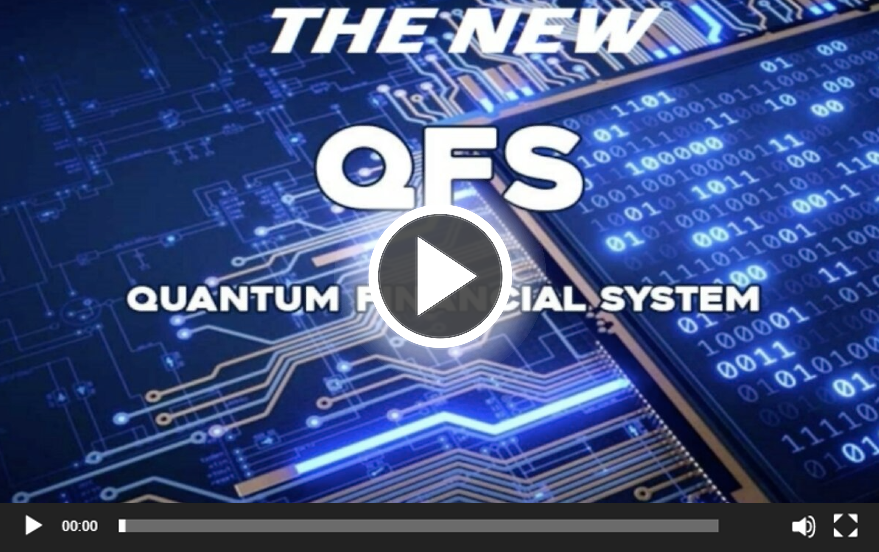The financial world is on the brink of a revolution, and at the forefront of this seismic shift are cryptocurrencies like Cardano (ADA), Hedera (HBAR), and Stellar (XLM). These trailblazers are not just digital currencies; they’re harbingers of a new era, where the ISO 20022 standard is not just a protocol but a beacon of transformation in the global financial landscape.
Let’s peel back the layers of this seemingly innocuous standard. ISO 20022 is not just another set of guidelines; it’s a Trojan horse, poised to overhaul the archaic SWIFT system, which has been the bedrock of international banking for over five decades. This change isn’t just a step forward; it’s a quantum leap into a future where cryptocurrencies and traditional banking are not adversaries but allies in a financial world that’s been clandestinely evolving right under our noses.
The integration of cryptocurrencies like ADA, HBAR, and XLM into this new system is not a mere compliance exercise. It’s a calculated move, a silent yet profound nod to their growing legitimacy and inevitable dominance in a market craving innovation and decentralization. These cryptocurrencies are not just aligning with ISO 20022; they’re set to become the lifeblood of a new financial ecosystem that’s slowly unfurling.
Must see! – Quantum Leap in Finance: The QFS is Coming – Here’s What You Need to Do Now!

Think about it: a global protocol that provides a standardized framework for financial messages, bridging the gap between old-world banking and the new digital frontier. It’s a masterstroke in covert financial warfare, where legacy systems are being quietly supplanted by a more agile, more efficient, and, dare I say, a more insidious financial order.
The implications are staggering. Financial institutions, from the behemoths of traditional banking to the nimble crypto startups, are all unwitting pawns in this grand scheme. By adopting ISO 20022, they’re not just streamlining communication; they’re unwittingly laying the groundwork for a complete overhaul of the financial sector as we know it.
And let’s not overlook the role of decentralization in this saga. Major cryptocurrencies are often touted as tools of emancipation from centralized financial control. Yet, by conforming to ISO 20022, they are paradoxically entrenching themselves deeper into the very fabric of the financial systems they once sought to disrupt. This isn’t just a convergence of paths; it’s a full-blown assimilation, a subtle yet profound realignment of financial power dynamics.
So, what does this mean for the average Joe and Jane? In simple terms, we’re standing at the precipice of a financial renaissance. The adoption of ISO 20022 is not just about making transactions smoother or more efficient. It’s a signpost to a future where cryptocurrencies and traditional banking coexist and collaborate in ways we’re only beginning to fathom.

The Unveiling of ISO 20022: A Game-Changer for Cryptocurrencies
The quantum financial system of today demands adherence to the ISO 20022 format, a litmus test that mandates adaptability and the willingness to embrace innovation from financial institutions of all sizes. Departing from the archaic formats of the past, ISO 20022 boasts advanced capabilities, accommodating larger data volumes and accelerating processing rates. Its superiority is evident in its ability to facilitate lightning-fast payments, daily liquidity management, compliance checks, and the critical domains of fraud detection and prevention.
ISO 20022 presents an unparalleled opportunity and an equally formidable challenge for companies striving to maintain their technological edge in this cutthroat industry. Beneath the surface, ISO 20022 standards bring with them a plethora of benefits. These include heightened regulatory compliance, standardization, improved interoperability, and bolstered data security, among others. The implications are clear: ISO 20022 isn’t just a choice; it’s a necessity for survival in the financial world.
Now, let’s delve into the intriguing world of cryptocurrencies and their compliance with ISO 20022:
Stellar (XLM): Stellar operates as a versatile cryptocurrency and a decentralized payment platform, specializing in facilitating swift and cost-effective cross-border transactions. Its mission is nothing short of establishing global connectivity between financial institutions and users, simplifying money transfers across borders, and expanding financial service accessibility. Stellar achieves this feat through its Stellar Consensus Protocol (SCP), ensuring rapid confirmation via trusted nodes, while sidestepping the energy-consuming mining processes.

The primary cryptocurrency, Lumens (XLM), plays a pivotal role as a bridge asset, enabling seamless currency exchange and reinforcing security measures. Stellar shines in micropayments and decentralized asset issuance, making it a prime candidate for applications such as remittances, tokenized assets, and bridging the gap of financial inclusion in underserved regions. Its open approach fosters an all-encompassing global financial ecosystem.
Cardano (ADA): Cardano operates as a blockchain platform dedicated to providing a secure and scalable infrastructure for decentralized applications (dApps) and smart contract development. Unlike many other platforms, Cardano was developed through a rigorous research-oriented approach, prioritizing scalability, sustainability, and interoperability to address the glaring limitations of existing blockchains.
The platform is composed of two layers: the Cardano Settlement Layer (CSL) for cryptocurrency transactions and the Cardano Computation Layer (CCL) for smart contract execution. Utilizing the proof-of-stake consensus algorithm Ouroboros, Cardano not only enhances security but also promotes energy efficiency, allowing participants to reap rewards through ADA token staking.
Gone Viral – Unlock Your Financial Third Eye: How NESARA and Stellar Lumens Are Paving the Way!

Hedera Hashgraph (HBAR): Hedera Hashgraph stands as a decentralized public network harnessing the Hashgraph consensus algorithm for unmatched scalability, security, and fairness. Serving as the foundation for the creation and deployment of decentralized applications (dApps) across various industries, Hedera Hashgraph sets itself apart from traditional blockchains by embracing a directed acyclic graph (DAG) structure.
This innovative approach facilitates quick and efficient consensus among network participants, resulting in lightning-fast transaction speeds and minimal energy consumption.
In conclusion, ISO 20022 is the secret sauce that financial institutions need to unlock the potential of cryptocurrencies. With the compliance of leading digital currencies like Stellar (XLM), Cardano (ADA), and Hedera Hashgraph (HBAR), we are on the brink of a financial revolution. These cryptocurrencies are not just embracing ISO 20022; they are thriving in it, poised to reshape the world of finance as we know it. Brace yourselves, for the future is now, and it’s more tantalizing than anyone could have ever imagined.





